As the world shifts toward a more sustainable future, the role of finance in this transition has never been more critical. A project from ETH Zurich and the University of Zurich, supported by the Swiss Federal Office of Energy and published in February 2025, explored how Swiss private investors perceive and engage with sustainable finance. Weiterlesen
Schlagwortarchiv für: IMPACT
What are the best policy measures to decarbonise Switzerland? A stand-alone carbon tax? A combination of taxes, subsidies, bans and standards? The DECARB project explores these questions and shows the advantages of combining measures to reach climate neutrality.
Academics typically recommend the introduction of a carbon tax to shift the economy away from fossil fuels and mitigate climate change. However, this policy proposal usually faces strong opposition from industry and the public, even if the revenues are fully redistributed.
In the DECARB project, a team of researchers investigated whether the use of other measures such as subsidies, standards or bans could facilitate the decarbonisation of Switzerland to an extent compatible with its goal of climate neutrality by 2050. In particular, it looked at how combining these measures into „instrument mixes“ might be superior to using just one of them, including the carbon tax. Overall, its findings suggest that mixes offer significant potential to advance climate policy.
DECARB is a research project sponsored by the EES programme and coordinated by the École Polytechnique Fédérale de Lausanne (EPFL).
The project addresses the colossal challenge of decarbonising the Swiss energy system, including transport, residential buildings, and industry. Given that individual policy measures all have shortcomings, the project investigates how mixes of measures could enhance climate policy. Thanks to a pluri-disciplinary approach, DECARB identifies desirable mixes that would allow Switzerland to reach climate neutrality by 2050.
First, a review of the academic literature shows that there are several market failures, barriers to decarbonisation and policy constraints that justify the use of instrument mixes rather than a stand-alone carbon tax. While the desirable mixes differ across sectors, given the different target actors and technologies, some carbon tax is found to play a key role in all of them.
Second, using a mathematical model of the Swiss economy, the researchers show that the deep decarbonisation induced by the mixes has a negligible impact on gross domestic product (GDP), in the order of 1‰. When complementary instruments are included in the policy landscape, the carbon tax rate required to achieve an ambitious emissions target can be divided by about two. On the other hand, a stand-alone carbon tax allows for the highest rebate to households among the scenarios considered.
Third, using an online survey, the team provides evidence that Swiss citizens have a strong preference for instrument mixes rather than a stand-alone carbon tax. Language region, number and type of cars owned, and perceived threat of climate change are found to be important predictors of instrument preferences.
Full report: Cocker, F., Thalmann, P., Vielle, M., Vöhringer, F., Weber, S. (2024). DECARB – Mixes of policy instruments for full decarbonisation by 2050. Project funded by the Energy-Economy-Society (EES) research programme of the Swiss Federal Office of Energy (SFOE), Bern.
Authors: Fleance Cocker (EPFL), Philippe Thalmann (EPFL)
Shutterstock: ID: 2463945033; Doidam 10




 Noch keine Bewertungen
Noch keine BewertungenSWISS-JAPAN ENERGY DAYS 2024: COLLABORATION ON BREAKTHROUGH INNOVATIONS FOR FUTURE SUSTAINABLE ENERGY
The Swiss-Japan Energy Days 2024 conference, scheduled for September 10-11, 2024, at ETH Zürich and Swissnex in Japan, is set to address the pressing challenges in the energy sectors of both countries. Dr. Felix Moesner, Swiss Consul & CEO of Swissnex in Japan, discusses the importance of this event and its anticipated impact. Weiterlesen




 Noch keine Bewertungen
Noch keine BewertungenGéothermie: Le comité de patronage visite le site de forage du projet de Haute-Sorne
Le forage du puits d’exploration dans le cadre du projet de géothermie profonde de Haute-Sorne (JU) a débuté fin mai 2024 à Glovelier. La tête de forage a presque atteint les 2’000m de profondeur selon la planification et elle devrait arriver à la profondeur souhaitée de 4’000 m fin août, début septembre. Les données récoltées permettront de définir la suite de ce projet qui vise à produire de l’électricité grâce à la chaleur contenue dans le sol. Sur demande de la République et Canton du Jura, la Confédération a mis en place un comité de patronage pour observer la gouvernance du projet. Le 18 juin dernier, les membres du comité se sont rendus pour la première fois sur le chantier de Geo Energie Suisse à Glovelier. Weiterlesen




 Noch keine Bewertungen
Noch keine BewertungenReducing energy consumption, through new ways of living and working, efficient mobility behavior or a changed environmental awareness – this is the goal of the SWEET call “Living&Working”. To this end, the two selected consortia SWICE and LANTERN are developing, implementing and testing new approaches, methods and technologies in so-called „Living Labs“. Joëlle Mastelic, professor at the University of Applied Sciences and Arts of Western Switzerland and coordinator of LANTERN, and Marilyne Andersen, professor at EPFL and coordinator of SWICE, tell us where the focus of their research lies and what is distinctive about research in Living Labs. Weiterlesen




 1 Vote(s), Durchschnitt: 5,00
1 Vote(s), Durchschnitt: 5,00CROSSDat – An open energy data platform for Switzerland
How much energy do buildings consume per canton, per municipality? How big is the heating demand? How much electricity did Switzerland consume yesterday? How many Smart Meters are installed per municipality? In terms of data freely available on the energy sector – so called Open Energy Data -, Switzerland has a lot of catching up to do compared to other countries. Why is that? What are the obstacles? Weiterlesen




 Noch keine Bewertungen
Noch keine BewertungenLes supraconducteurs à haute température ont été découverts dans les années 1980. Depuis, des experts débattent sur l’utilisation commerciale de leurs caractéristiques dans l’alimentation électrique. Entre-temps, des champs d’application concrets se dessinent, dans lesquels les câbles électriques sans résistance et d’autres composants de réseau supraconducteurs peuvent faire valoir leurs avantages. Une feuille de route du programme international «Assessing the impacts of high-temperature superconductivity on the electric power sector» de l’Agence internationale de l’énergie, à laquelle des experts suisses ont largement contribué, présente les domaines d’application de cette technologie à court, moyen et long terme. Weiterlesen




 Noch keine Bewertungen
Noch keine BewertungenLes pompes à chaleur sont aujourd’hui la solution standard pour une production de chaleur efficace sur le plan énergétique dans les bâtiments d’habitation. Dans des formats plus grands, elles sont également de plus en plus utilisées dans les secteurs de l’industrie et des services. Le centre commercial Surseepark dans le canton de Lucerne a été mis en œuvre comme projet de démonstration réussi de l’OFEN. Weiterlesen




 Noch keine Bewertungen
Noch keine BewertungenEnergiereporter: Ein Push für mehr «offene Energiedaten» in der Schweiz
Die Digitalisierung und die Nutzung von Daten können die Transformation des Energiesystems hin zur Klimaneutralität wesentlich unterstützen. Eine wichtige Rolle spielen dabei auch digitale Tools zur Information und Sensibilisierung wie beispielsweise der Energiereporter. Seit seiner Lancierung vor knapp einem Jahr hat der Energiereporter durchwegs positives Echo bei Gemeinden und Kantonen ausgelöst. Allerdings bemängelten viele Nutzerinnen und Nutzer, dass die Daten zu den Key Performance Indicators (KPIs) wie «Ausnutzung PV Potential» oder «Anteil erneuerbarer Heizungen» nicht heruntergeladen werden konnten und eine schweizweite Darstellung des aktuellen Stands fehlte. geoimpact und das Bundesamt für Energie BFE haben nun gemeinsam die Datensilos des Energiereporters geöffnet. Weiterlesen




 4 Vote(s), Durchschnitt: 5,00
4 Vote(s), Durchschnitt: 5,00How startups from energy sector adapt to Covid-19-situation
The Swiss Environment and Energy Innovation Monitor carried out an online survey amongst 129 Swiss startups from the Energy and Environment sectors following a similar survey in 2020 focusing on COVID-19 effects, their work organisation, financing challenges and internationalization plans. Weiterlesen




 Noch keine Bewertungen
Noch keine BewertungenKontakt
Bundesamt für Energie
Pulverstrasse 13
3063 Ittigen
Postadresse:
Bundesamt für Energie
3003 Bern
Telefonnummern:
Hauszentrale +41 58 462 56 11
Pressestelle +41 58 460 81 52
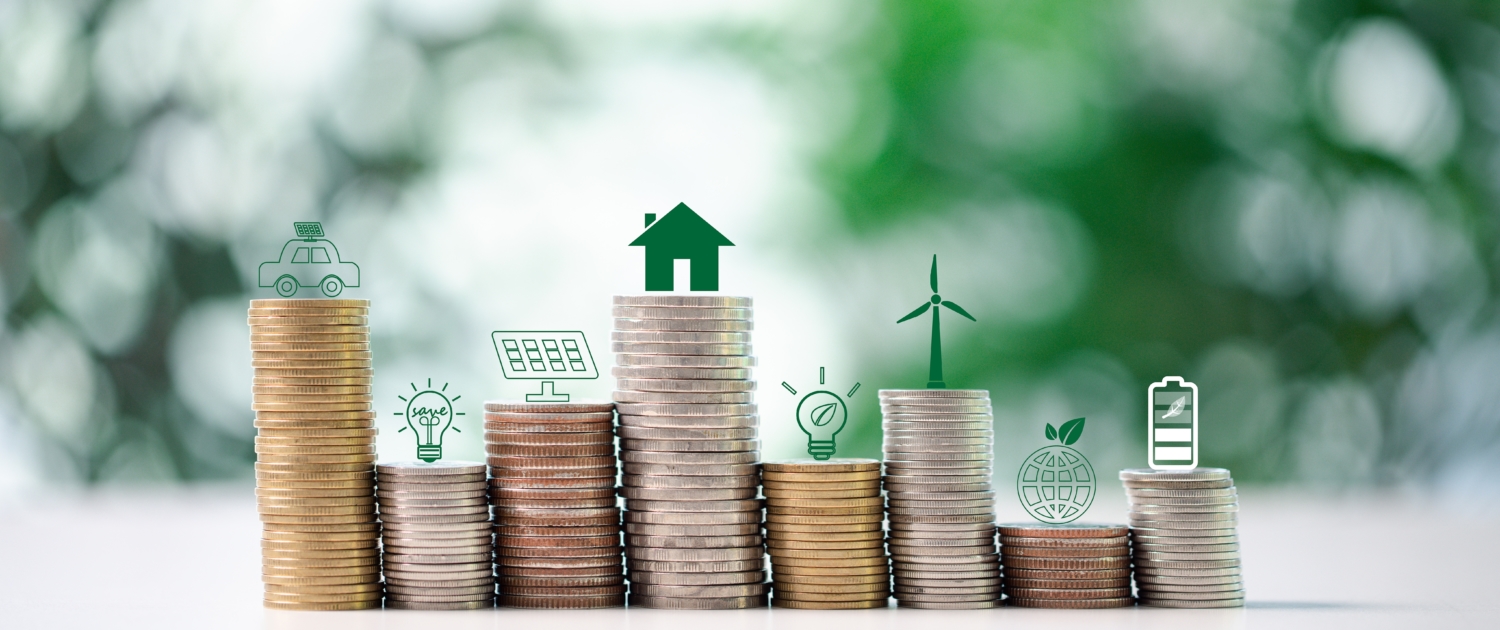 Shutterstock
Shutterstock shutterstock
shutterstock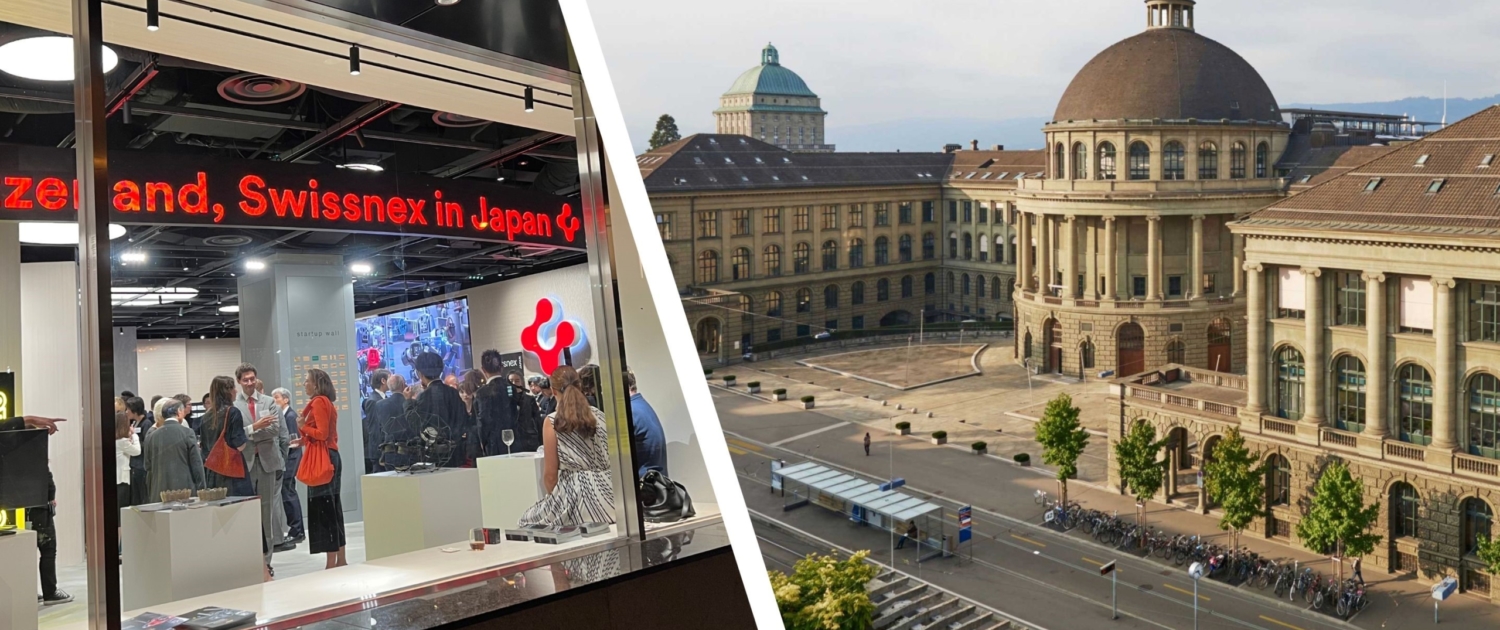 ©Swissnex Japan
©Swissnex Japan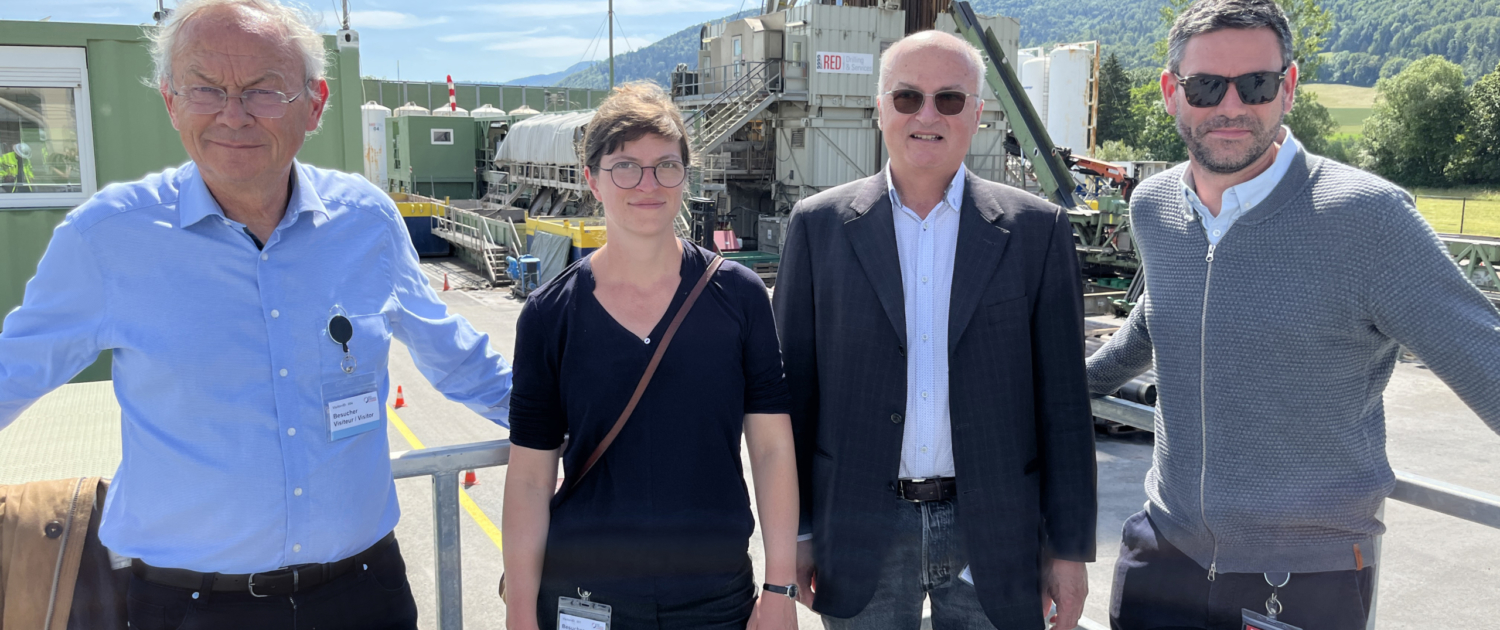 OFEN
OFEN Shutterstock
Shutterstock shutterstock
shutterstock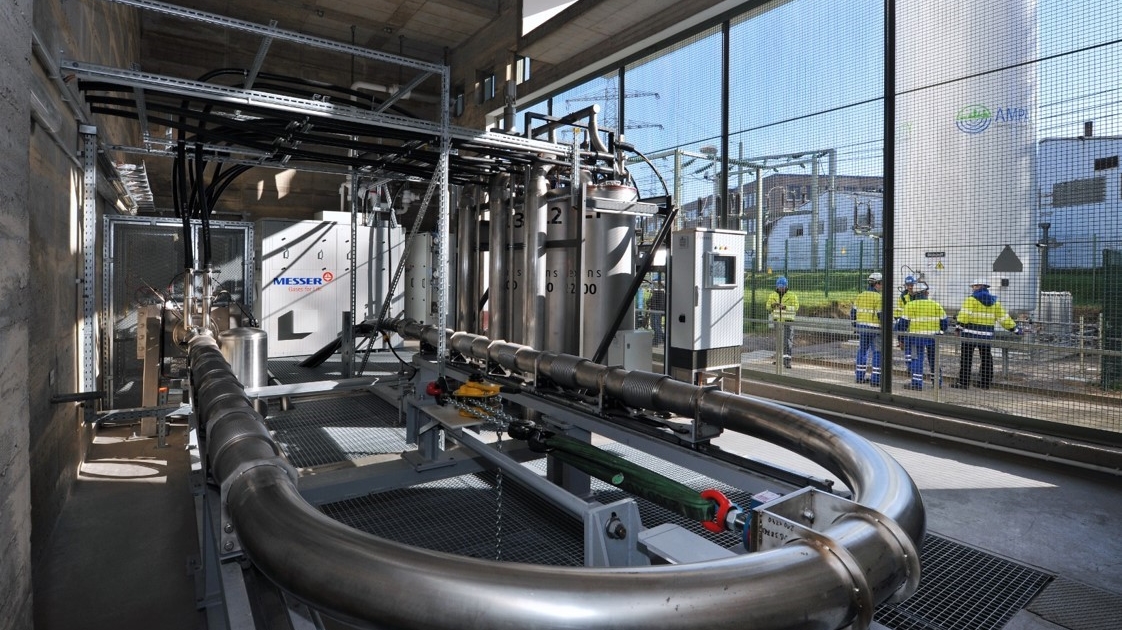 Westenergie AG
Westenergie AG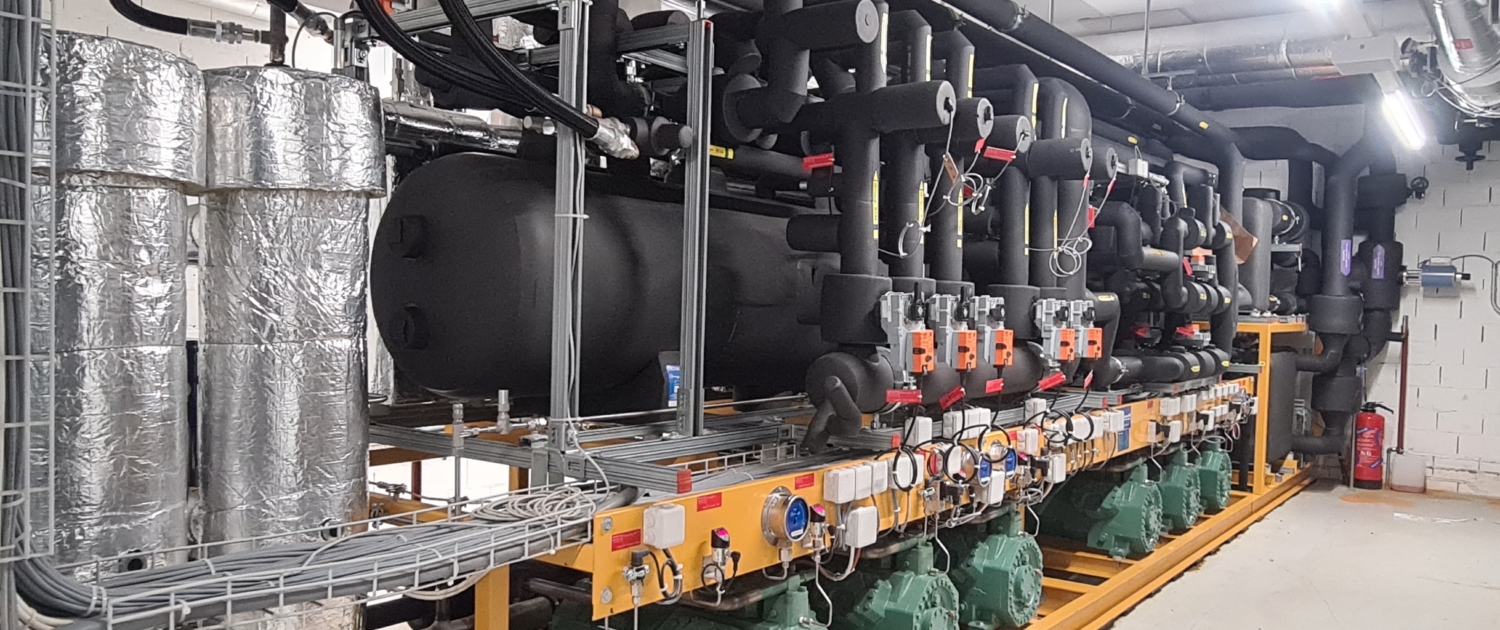 Coopérative Migros Lucerne
Coopérative Migros Lucerne Shutterstock
Shutterstock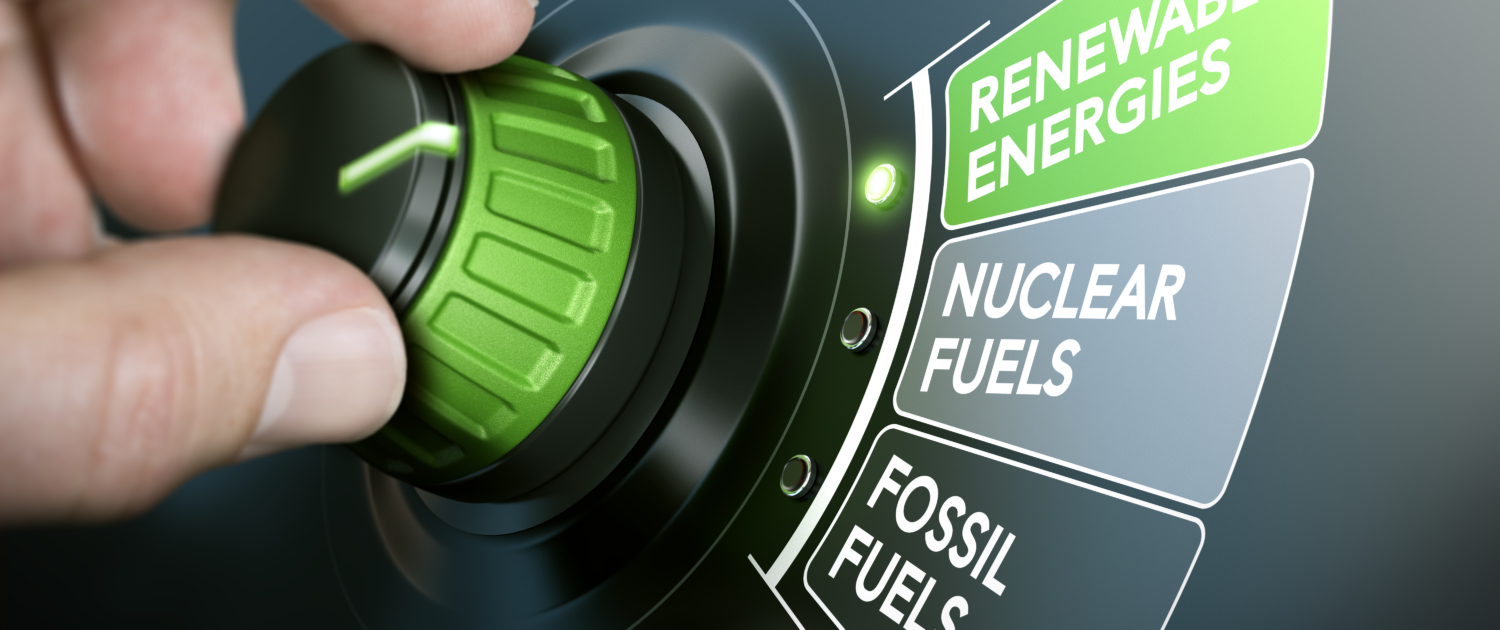 shutterstock
shutterstock